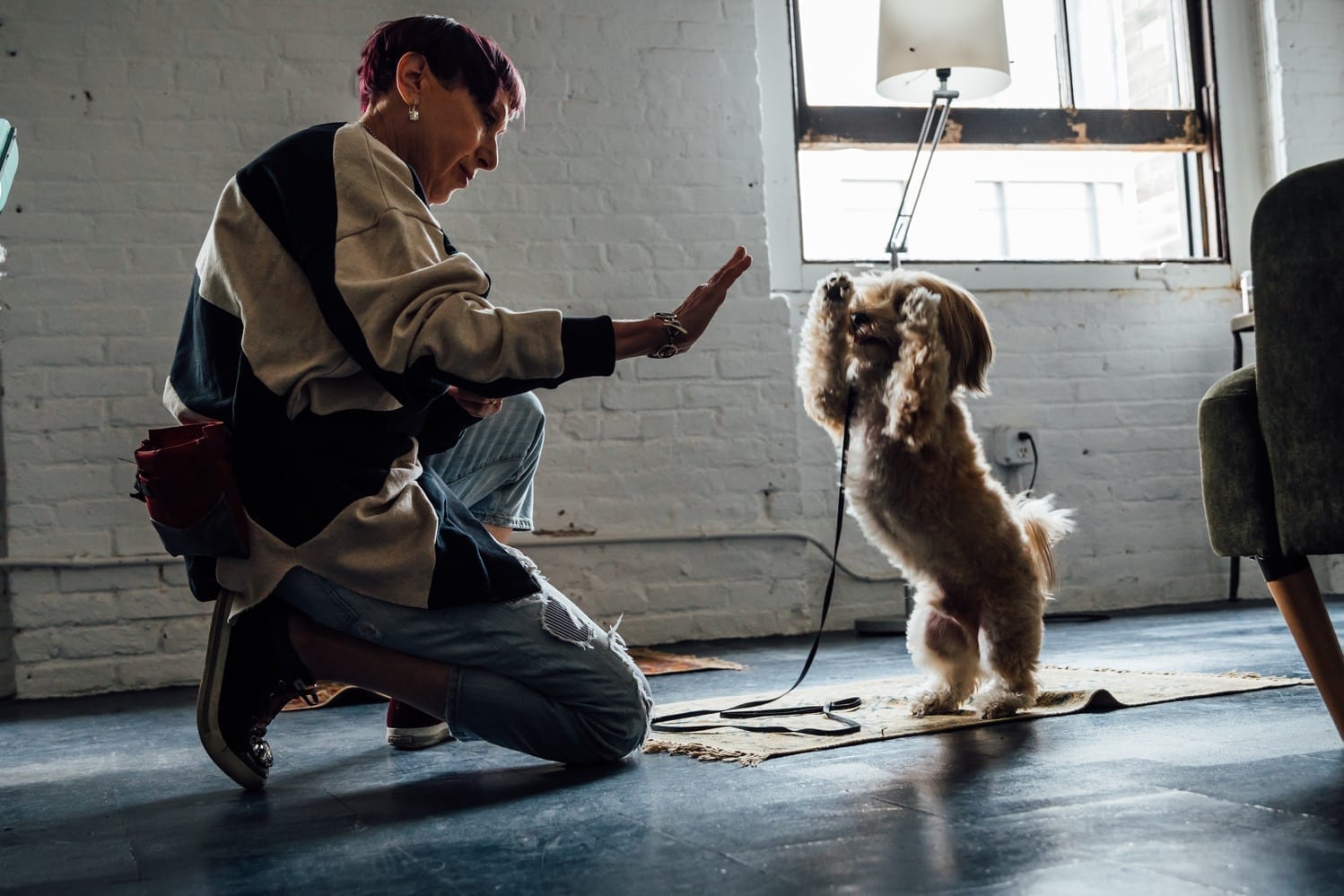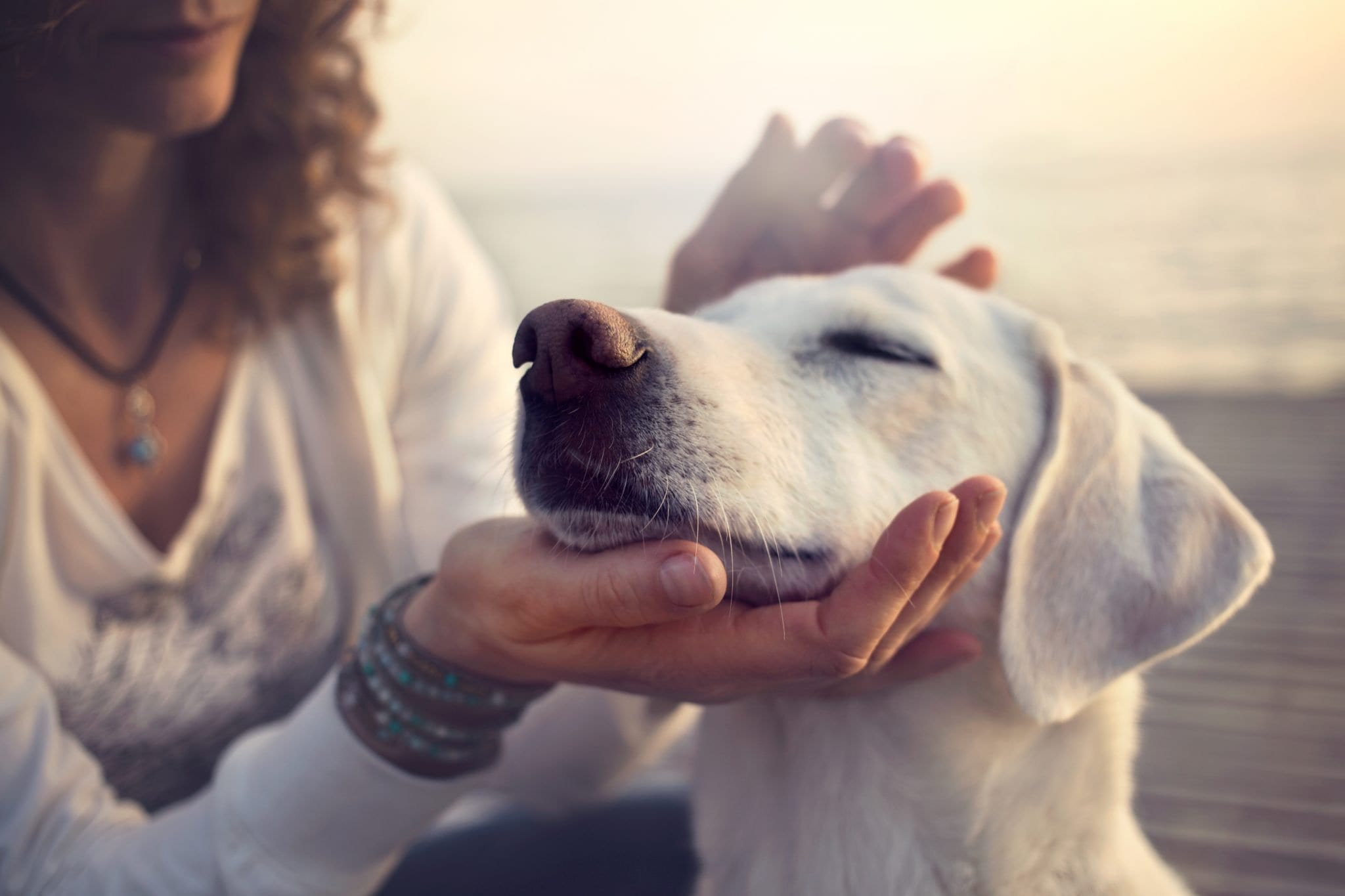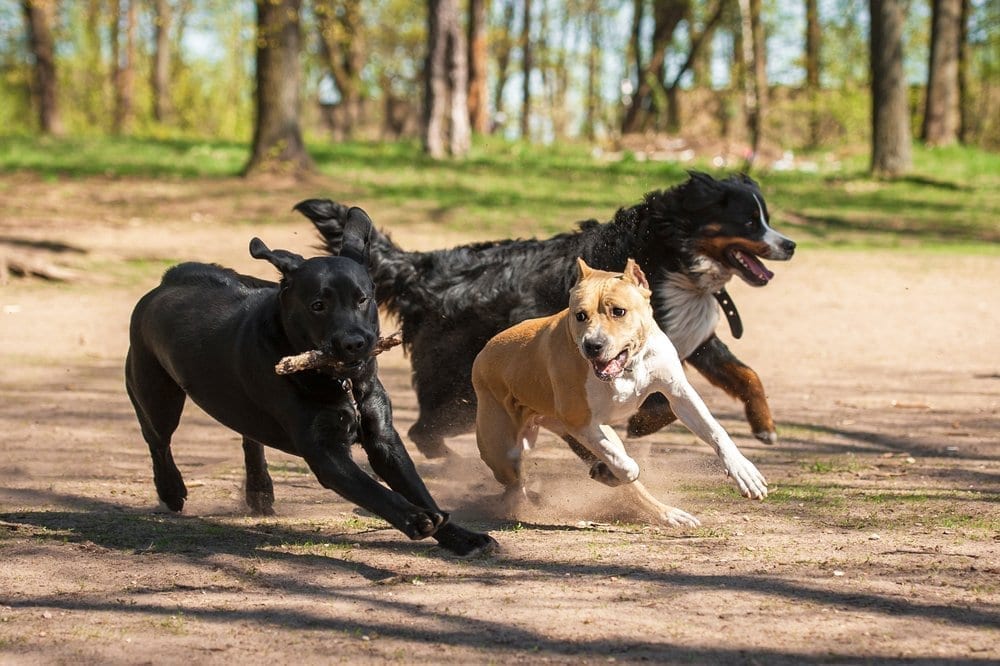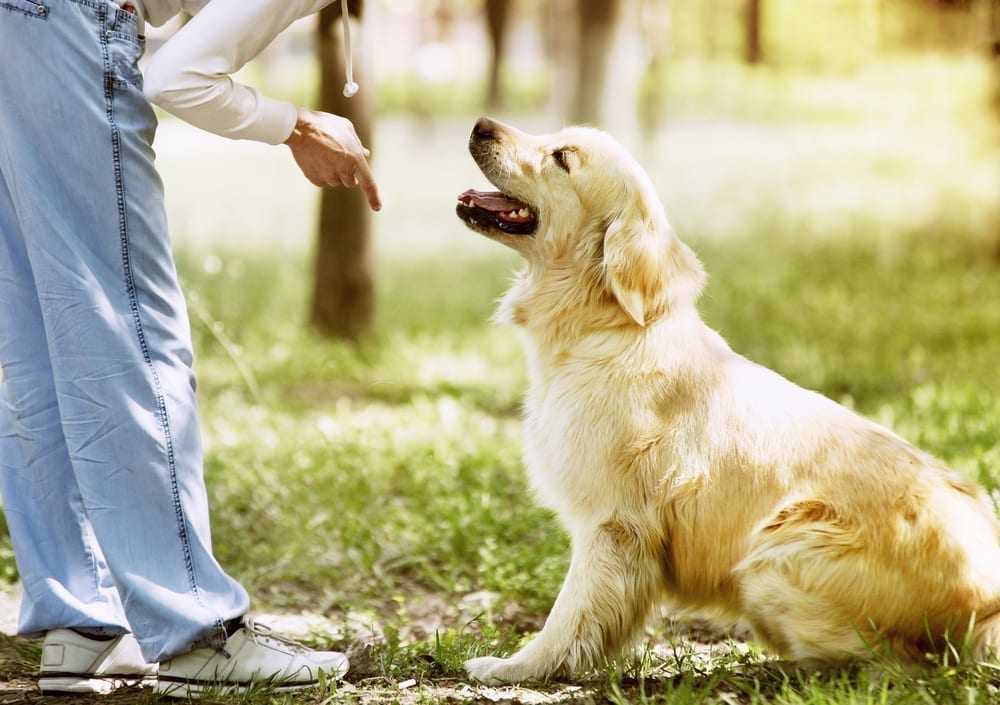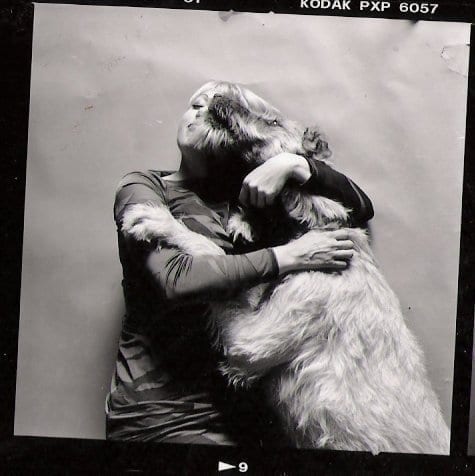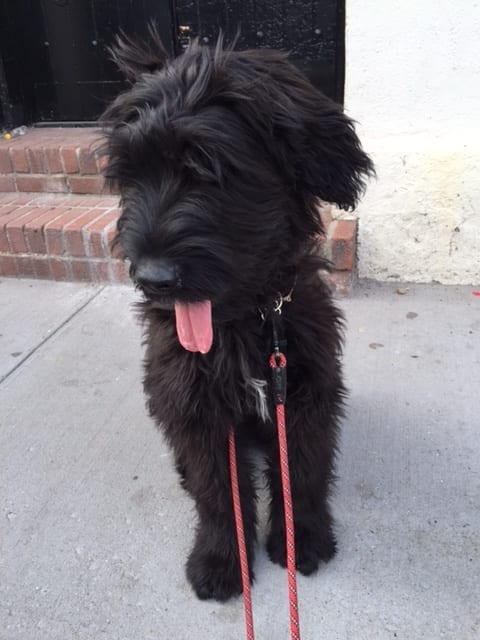http://kaylaurence.wordpress.com/2013/11/11/a-thousand-shades-of-grey/
A thousand shades of grey
The internet has proven to be as much of a blessing as a liability. My view leans towards the blessing but with an endorsement of: take care. Increasing knowledge must be viewed as a Good Thing. I have no doubt that clicker training would never have flourished so widely or so speedily without the internet. But as much as this is a good thing, the impact of YouTube has flourished some really bad techniques alongside some really good training. Telling the difference is the skill we need to share. That is nothing new, when presented with so much material enthusiastically wrapped in words of “expert” and “experienced”, be it on TV, books or the internet we have no idea if this expertise is just marketing, genuine expertise, or expert in their own opinion.
Skill sharing
The one skill I would like to focus our minds towards is the terminology or language we use to describe our dogs, their personalities, behavior and training solutions.
I hope the days of describing a dog as “a bit nasty” are disappearing. Usage of that term tells you more about the user than the dog – their whitewashing view of a dog based on one situation. It is not that long ago that I had a client who commanded their dog to “be nice”. What in hell is THAT behavior?
It tells me more about the user: “Do not embarrass me. Again”. It also tells me that they may be expecting some “not nice” response from their little bitch who has just tolerated an extremely rude and invasive snort by an adolescent young male. “Be nice” may well be the request to their over-whelmed little bitch to tolerate this offensive behavior, but in fact the bitch may well interpret it as “I am not going to support you as my loss of face in the presence of my own species is more important than you”.
And we wonder why “trust” evaporates when in the company of people??
Consideration and thoughtfulness do not arrive overnight and it may take 20 years to make a significant difference to the view of every day folk towards their dogs. But we must make a start since the viral spread of certain terms are beginning to cause more troubles, not alleviate them. When knowledge travels down the social avenues it can be easily tainted and distorted with ignorant nonsense that relieves potential embarrassment.
The avoidance of blame for a dog’s behavior is very often the lack of “socialisation”. Because of course the person did everything right, socialised the poor puppy over and beyond its skill level and now has a reactive dog.
Sigh. The modern label for a Bit Nasty.
Another laborious task for the overloaded dog professionals to fight against.
Reactivity can never be black and white
Or exclusive to Border Collies!
Reactivity lives is a world of shades, from:
White. Non reactive: dog is severely depressed, mentally exhausted or clinically categorised as dead.
Very light Grey. Under reactive: showing signs of mental fatigue, tired of trying to react, on the verge of no longer able to respond.
Mid Grey. Averagely reactive: able to respond to changes in the environment, assess, and maintain an alert and watchful state
Dark Grey. Over reactive: scanning for all changes in the environment, orientation to the changes, increasing arousal, some time needed before returning to a watchful, alert state
Black. Hyper reactive: fast scanning and rapid orientation, high state of arousal, over stimulated by novel environments, extreme stress responses.
I think you may begin to sense my reactivity to the use of this term. If you exchange the term “react” to “respond”. It goes from a negative description to a normal, desired descriptive term.
All dogs should be responsive to their environment. It is their normal state of being, it has kept them alive for thousands of years. It is what makes them useful as alert guard dogs, patrol dogs – always scanning the environment with sight and scent for threats. Hunting dogs – constantly alert to the opportunity of (specific) prey. Dogs generally will be seekers of thrills and excitement; threats and events to avoid.
It is the State of Being Dog.
Anything other than a heightened degree of environmental alertness should be regarded as possible illness, mental fatigue, or as a result of aversive punishment.
This state of alertness is what makes the trainable dogs, super-learners. They become sensitive to our cues and develop the desired lightning responses that result in enviable “top dogs”. The skill we are using to our advantage is the same coin that makes them sensitive to their environment – all of it. If we want to pick and choose what they respond to then we need to invest time in teaching them that skill.
Today’s society is beginning to develop a non-reactivity as a defensive response. “Bovvered?” The youth response to being informed that their behavior is not acceptable. We also have to shut down our response, or reactivity, to the behavior of others. It is part of sharing the same environment or neighbourhood. The fireworks enjoyed by the few, but causing stress to the many. Noise, pollution, and all the other invasive events that we need to “not react” to. We are sliding towards a non-reactive society, or could we use the term non-caring instead? It that what we want our dogs to be as well … non-caring.
I wonder if living in that degree of stress actually causes more mental fatigue than we are aware of. Certainly when I experience the enforced proximity to the noise, pollution and behavior of fellow travellers for long hours I can become tired. Perhaps that is my continual need to discipline non-reactivity? As we say when despatching a traveller – “may the seat next to you be empty”. That space around can make a very significant difference to your state of arrival. Why are the aisle and window seats always booked first?
Time and Space are your best friends
Whenever we disregard either Time or Space, we are in danger of compromising the dogs’ response and pushing them towards extreme, and stress-filled reactions.
An event happens, car door slams, and the dog is not given sufficient time to analyse before a response is required. The oncoming Person With Dog that arrives in the dog’s space when a suitable dog-response is inhibited by attachment to non-responsive person.
I am always in awe of dogs’ ability to seek the suitable response when given the time and space to do so. The dog that has been labelled as “reactive”, but when allowed to view the stimulus at a suitable distance (when an alerting response is observed, but the dog remains able to respond to learned cues from us, such as a name prompt), can maintain alert, but not escalate to overreaction. If the stimulus remains at that distance for long enough the dog will have “filed” away the information, views the threat, and managed their response …. “whatever”.
We have thousands of such events to teach the dogs. Can they generalise? Absolutely. Given the valuable Space and Time strategies, which require patience and planning from the other end of the lead, the dogs can teach themselves when extreme reaction is required and when you can just graduate to “Bovvered? Whatever.”
I am sure most of you have experienced that drama trained skill in your dog. My adults are very skilled at playing “bovvered?” when a youngster tries different tactics to distract their engagement in the much envied bone, sofa, piece of sunshine.
I remember an occasion when information was withheld from me because the holder of that knowledge knew I would “over react”. Absolutely right. I cared very deeply about the consequences and impact of that information. Are we making “reactivity” aligned with caring?
Descriptive terms so often depend on “it depends”. It depends on the environment, the threat, the level of arousal, the previous 60 minutes of stress It depends on the experience, view and knowledge of the describer. If we are relying on terminology to label behavior, mis-use can direct us to a solution of no potential value. That also presume that the diagnosis was correct in the first instance.
Sadly too many dogs are arriving at the Barn mis-diagnosed, with an owner travelling the length of the country and breadth of expertise seeking a solution that was never going to be of any use. Often this is a breed specific trait, an innate, selectively bred response that is dumped into a category that the behavior analyst is familiar with.
Border Collies are reactive by nature. If they were non-reactive they could not function in their job. When a ewe ponders the green grass on far yonder hill, the collie has to read her aspirations and make a minute adjustment in balance to persuade her to change her mind. The collie will react to a yearning look that possibly covers a cunning plan. Not wait until she sets off with determination. Superb trait in collies …. reactivity. No shepherd would want a dog without reactivity.
NO dog should be labelled as reactive. Just as we should avoid the terms of “stupid”, “thick”, “crazy”, “freaky”. Laziness can cause us to be mean with words, choosing one word instead of an accurate sentence. This single word is inevitably inaccurate and it also colours our response, thinking and reaction.
How many shades of “friendly” or “unfriendly” should be we consider?
- Friendly when proven to be safe to do so
- Friendly when approached with respect and courtesy
- Unfriendly when smoke-smelly hands wish to fondle our face
- Unfriendly when open arms are intent on capture
… and all the shades between.
Remind yourself to always think in Shades of Grey, and being reactive, or caring, is more than a good thing.








